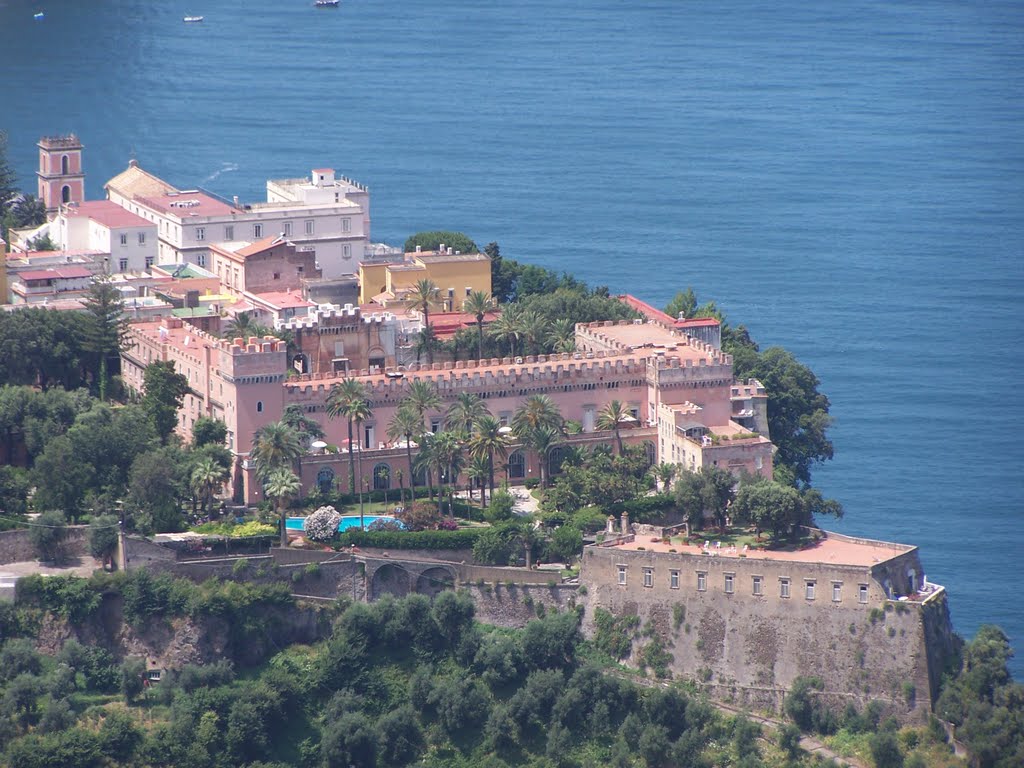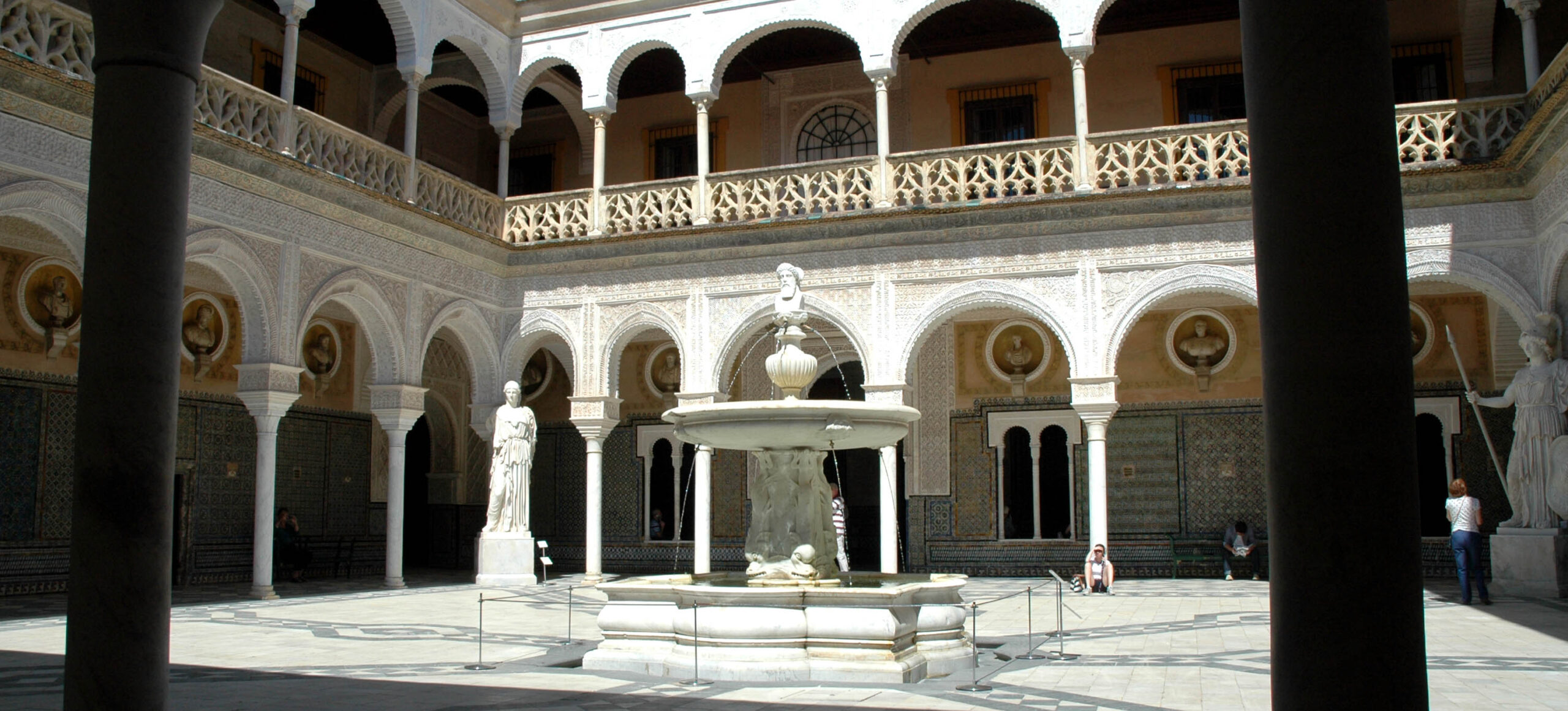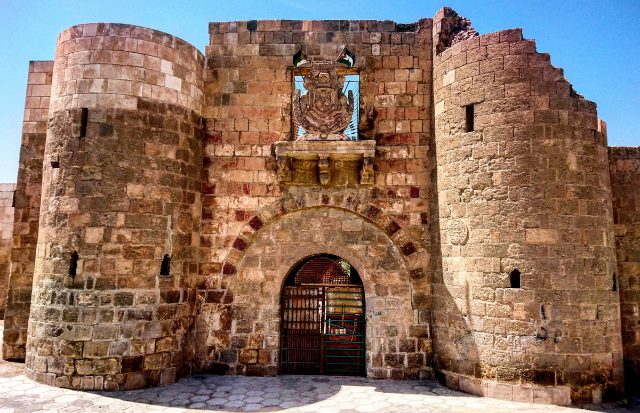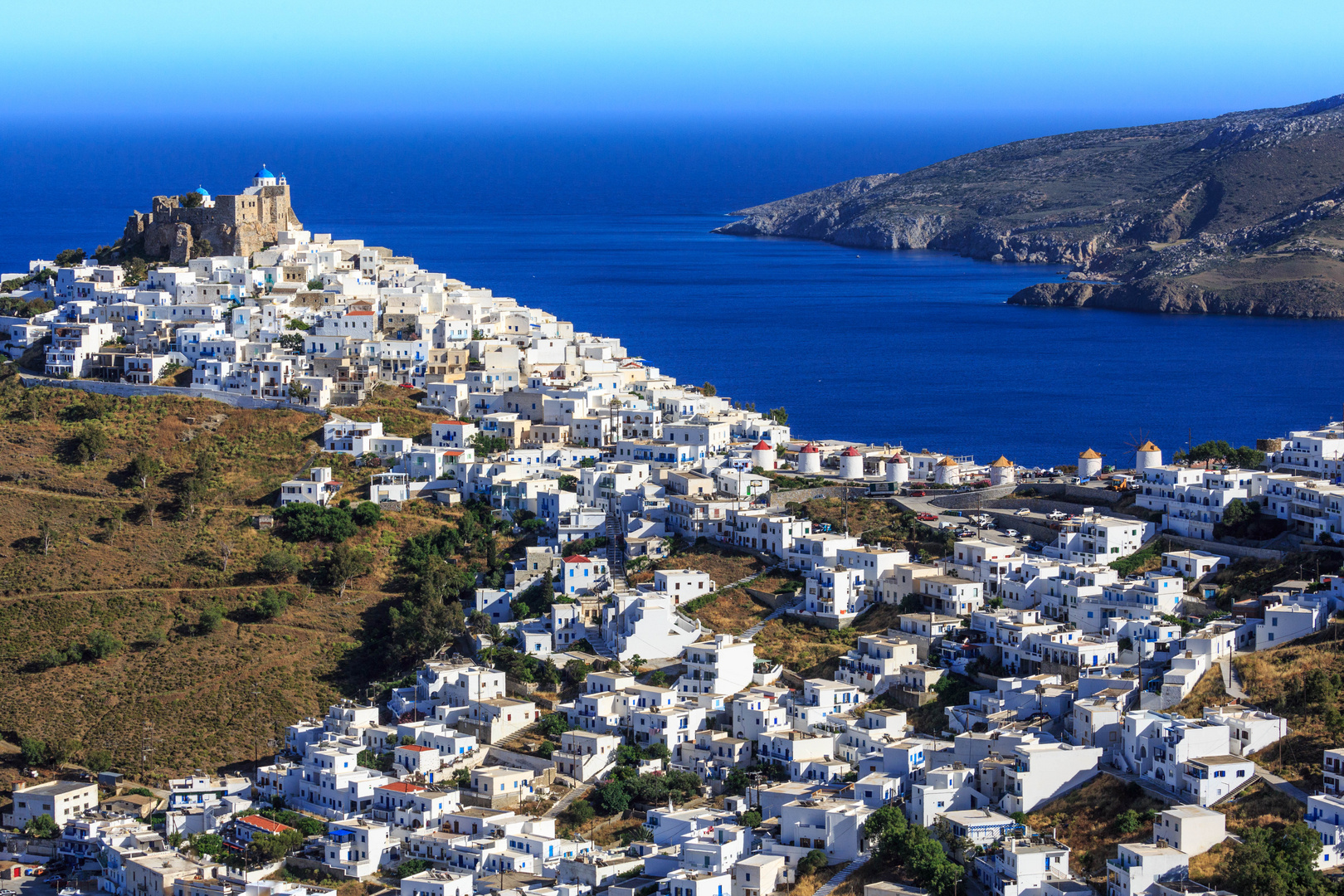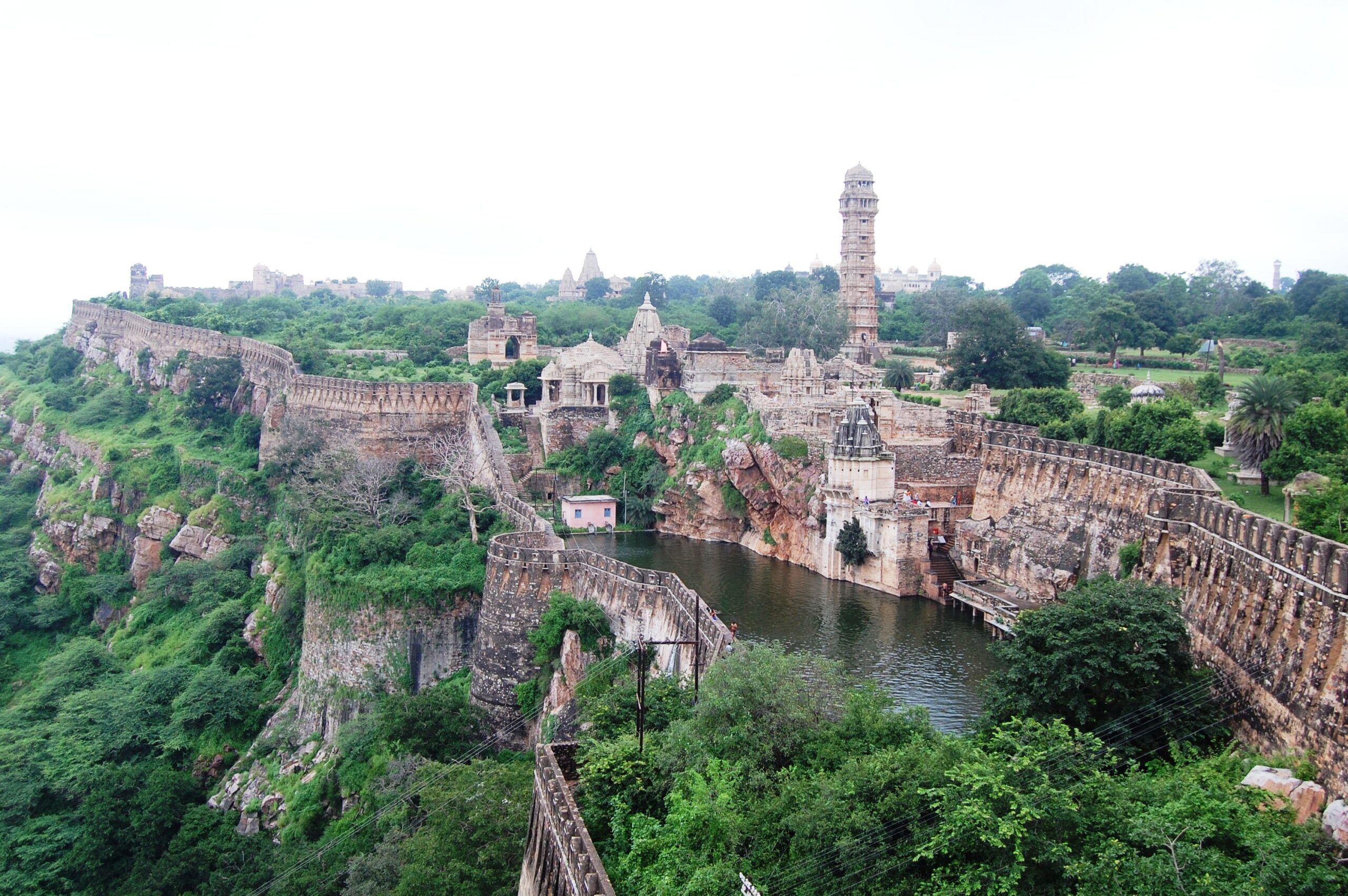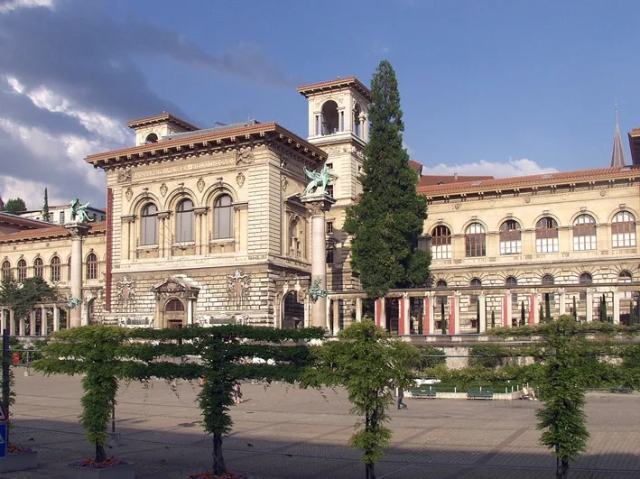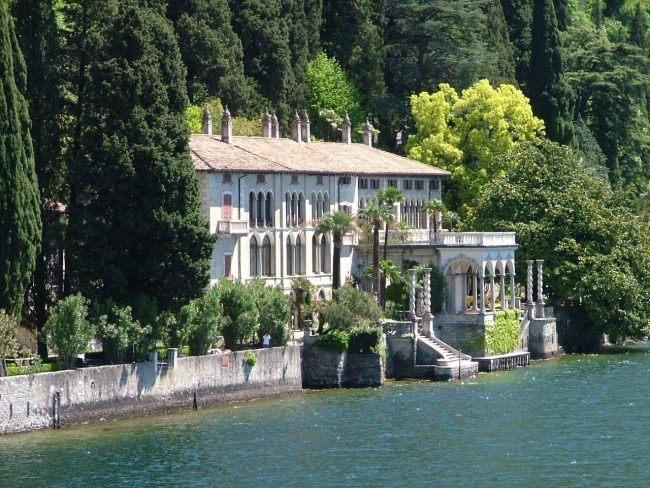The history of this place has its roots in the most remote past.
The first evidence of life in this area, in fact, dates back to the VII century B.C.. as it results from some funerary objects belonging to an ancient necropolis, discovered here in the 60s of the XX century.
The area of Vico Equense, called "Aequana" in Roman times, then in the Middle Ages took the name of Borgo d’Aequa. In 1213, after a period of progressive depopulation, due to repeated invasions and raids by pirates, the village came back to life with the arrival of the Aragonese and then the Angevins, who started an important work of fortification, with the construction of defensive walls, inside which the cathedral and the castle were built.
The Castle was built between 1284 and 1289 by will of Charles II of Anjou according to the military forms of the time, in a clear strategic position and with accommodation for soldiers, warehouses for food and deposits for ammunition. With the passing of the years it belonged to Gabriele Curiale (page of the crown of Aragon), to Ferrante Carafa (feudatory of the village in 1568), to Matteo Di Capua, belonging to the Ravaschieri family (feudatory of Vico Equense from 1629 to 1806), and then it became summer residence of the royal family.
After a short period in the hands of Nicola Amalfi, in 1822 the Giusso family bought the Castle for a sum of four hundred thousand ducats and remained in possession of it until 1934, when it was sold to the Society of Jesus, which resold it in 1970.
Of its original physiognomy remains the part of the walls and the terrace on the gulf.
In the 15th century, three towers (one of which was called Torre Mastra), a bridge and a moat were built.
In the following century, two towers were demolished to make room for the Baronial Palace.
Half-destroyed by the Gothic invasion and considerably tried by numerous pirate raids, it was partly rebuilt in 1604.
In the seventeenth century were carried out numerous restorations that transformed the castle into a stately residence: the gardens were in fact arranged, adorned with caves, water features and secular plants.the interiors were embellished and some rooms were created to house the art collection, then lost, of Matteo Di Capua.
Afterwards, Luigi Giusso, and then his son Girolamo, considerably restructured the building, giving it the characteristic salmon-pink colouring and frescoing the halls such as that of the Arms and that of the Fans, as well as the small private chapel, dedicated to Santa Maria della Stella.
